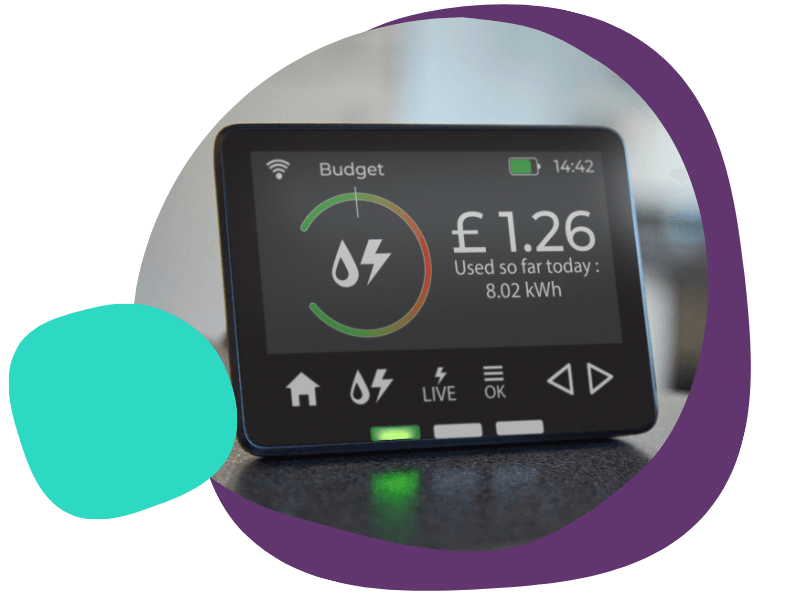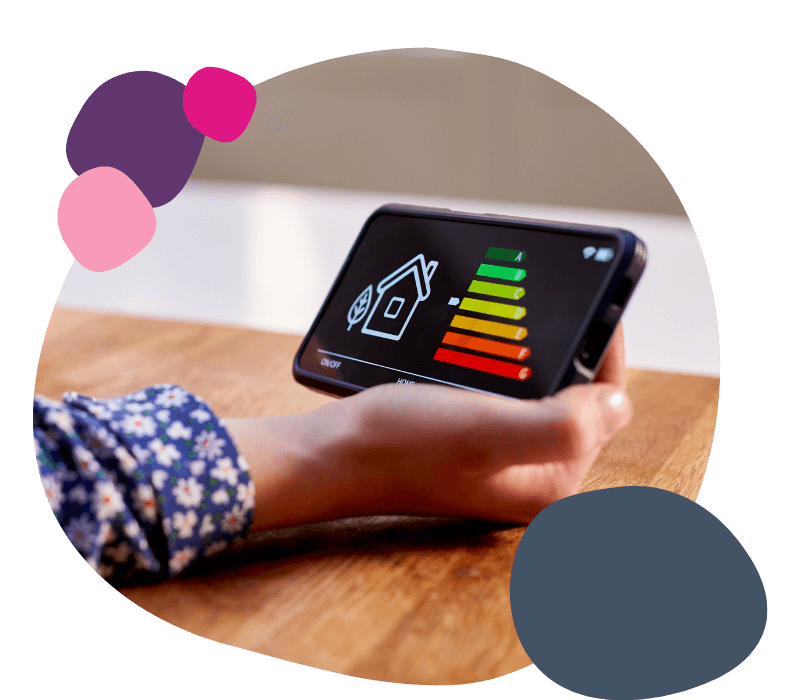I don't have an IHD, can I get one?
Availability depends on your energy supplier. Many suppliers in the UK are now offering IHDs with smart meter installations. Contact your supplier to see if they offer IHDs and if there are any associated costs. Customers of Your Co-op Energy can opt-in for one when they're switching to us for zero carbon energy.
My IHD screen is blank, what's wrong?
First, check if your IHD is properly charged (if your model is rechargeable). Then, ensure it's within range of your smart meter (usually around 10 meters and with minimal walls in between). Consult your user guide for troubleshooting steps specific to your IHD model. If all else fails, contact your energy supplier for assistance.
My IHD shows high energy usage, what can I do?
The IHD data can be a great tool to identify areas for improvement. Look for peak usage times and consider switching off appliances during those periods. Explore features like historical data to see if specific appliances are energy guzzlers. Remember, even small changes can make a difference!
My IHD displays readings in kWh, how do I understand that?
kWh stands for kilowatt-hour. It's a unit of energy consumption. Think of it like how you measure distance in kilometres or weight in kilograms. Your IHD might also display estimated costs based on your current usage and historical data.
Is the data on my IHD secure?
IHDs use secure wireless protocols to communicate with smart meters. Your energy supplier is responsible for data security, so check their privacy policy for details.
Can I use my IHD to control my energy usage directly?
Currently, IHDs primarily focus on displaying information. However, some advanced models might offer features like setting usage budgets or controlling specific smart home devices (depending on your setup).
My IHD shows a message about a "communication error," what does that mean?
This could indicate an issue with the connection between your IHD and the smart meter. Check if they're within range and ensure no thick walls are blocking the signal. Restarting both the IHD and your smart meter (if possible) might resolve the issue. If the problem persists, contact your energy supplier.
Is there an app for my IHD?
While some IHD models might have companion apps, it's not universally applicable. Check with your energy supplier to see if an app is available for your specific IHD model.
My IHD seems outdated, can I get a newer model?
Upgrading your IHD might depend on your supplier's policy and the availability of newer models. Contact your supplier to inquire about upgrade options.

